Get a recap on Wellness!

The October newsletter focuses on Fiber. Read the newsletter to learn about why high fiber diets are important and how to fit more fiber into your diet. Also, check out what our OnSite Expert has to say about how much fiber you need.
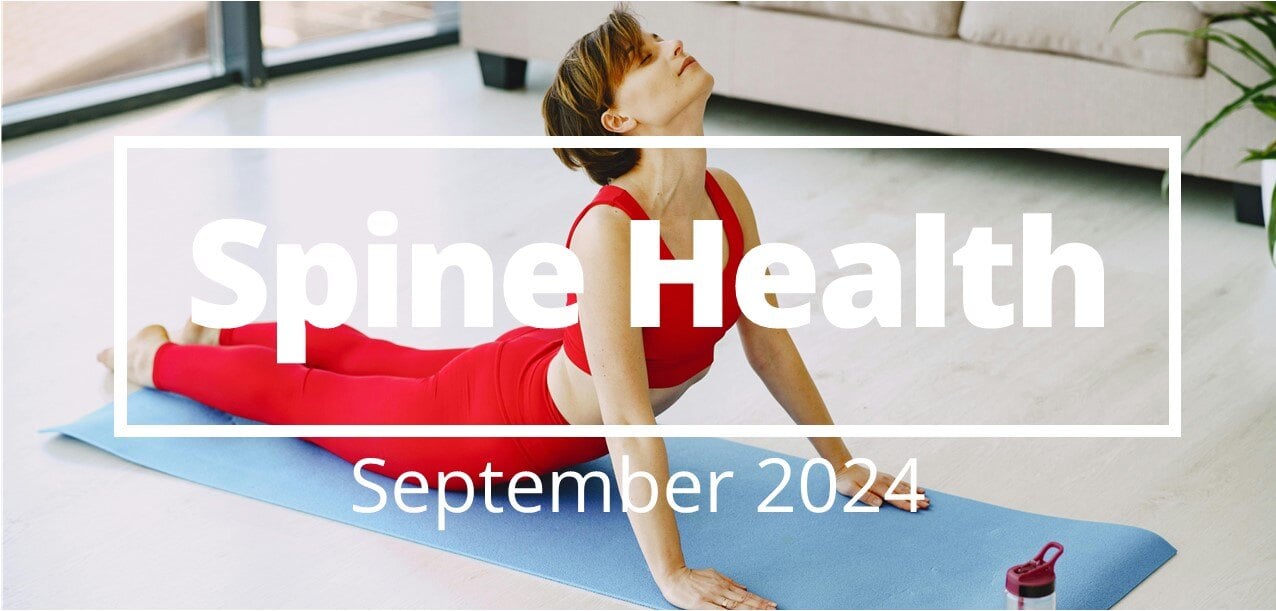
The September newsletter focuses on Spine Health. Read the newsletter to learn about ways to keep your spine healthy. Also, check out the second page for quick tips on foam rolling.

The August newsletter focuses on Strength Training. Read the newsletter the learn about why strength training is important for your body and how to get started. Also, check out the second page on how to build an effective, basic, and doable strength program.

The July newsletter focuses on Hydration. Read the newsletter to learn about the benefits of drinking water and tips to drink more water. Also, check out the second page for information on how to hydrate for physical activity.

The June newsletter focuses on Walking. Read the newsletter the learn about the benefits of walking and how to practice safe walking. Also, check out the second page for a step-by-step guide on selecting right walking shoe.
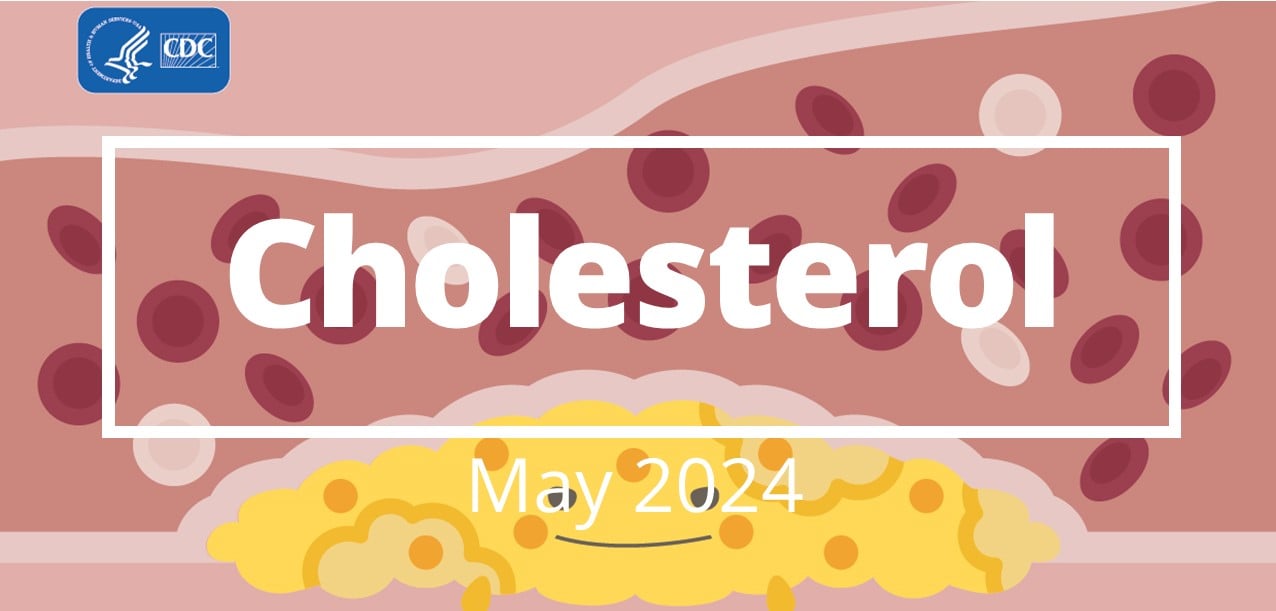
The May newsletter focuses on Cholesterol. Read the newsletter for information on the types of cholesterol, risk factors, and lifestyle changes you can make to prevent and manage high cholesterol. Also, check out the second page to learn how you can improve your HDL cholesterol in 30 days.

The April newsletter focuses on Chronic Pain. Read the newsletter for information on how to identify chronic pain. Also, check out the second page to learn about journaling for pain management.
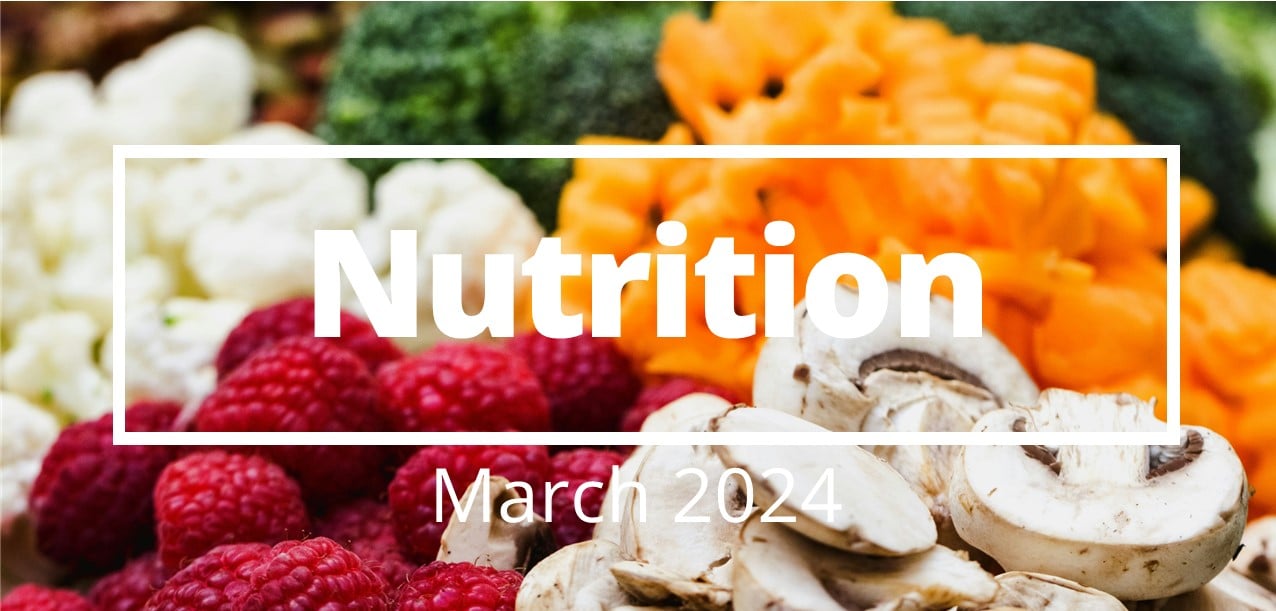
The March newsletter focuses on Nutrition. Read the newsletter to learn how to get affordable nutrient dense food. Also, check out the second page for tips on making the most out of your grocery budget by keeping your protein affordable.
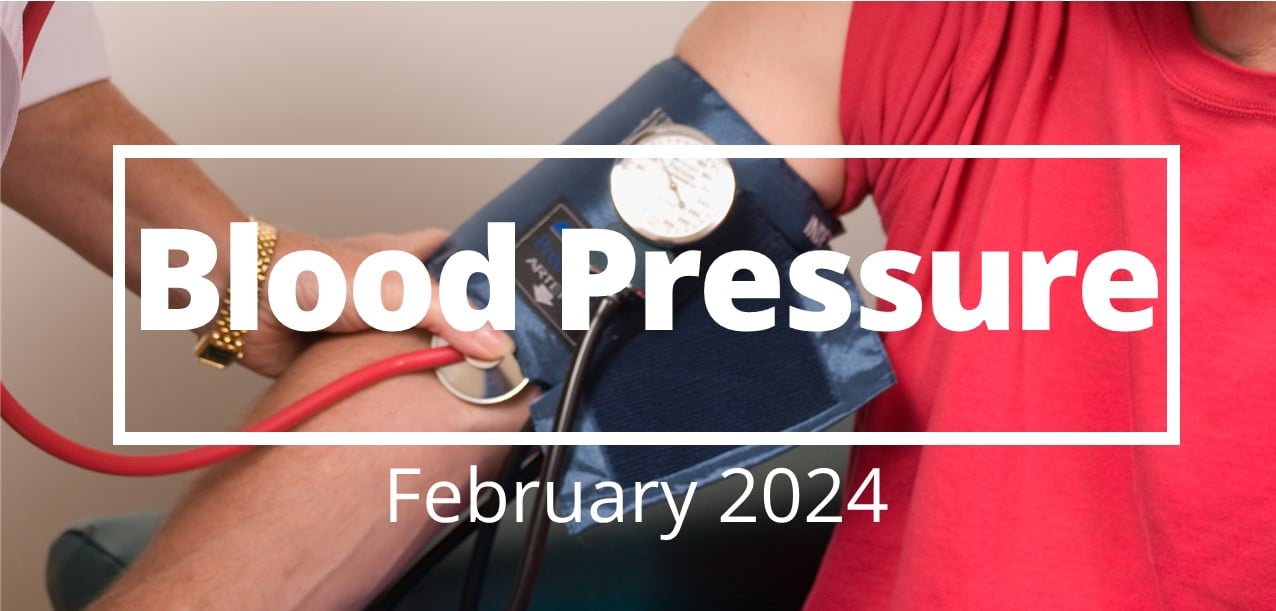
The February newsletter focuses on Blood Pressure. Read the newsletter to learn the difference between systolic and diastolic blood pressure and about lifestyle changes you can make to lower your blood pressure. Also, see what our OnSite Expert has to say about the DASH (Dietary Approaches to Stop Hypertension) diet plan.

The January newsletter focuses on Sleep. Read the newsletter to learn why you need sleep and 6 tips for better sleep. Also, check out the second page to try intentional measures for sleep.
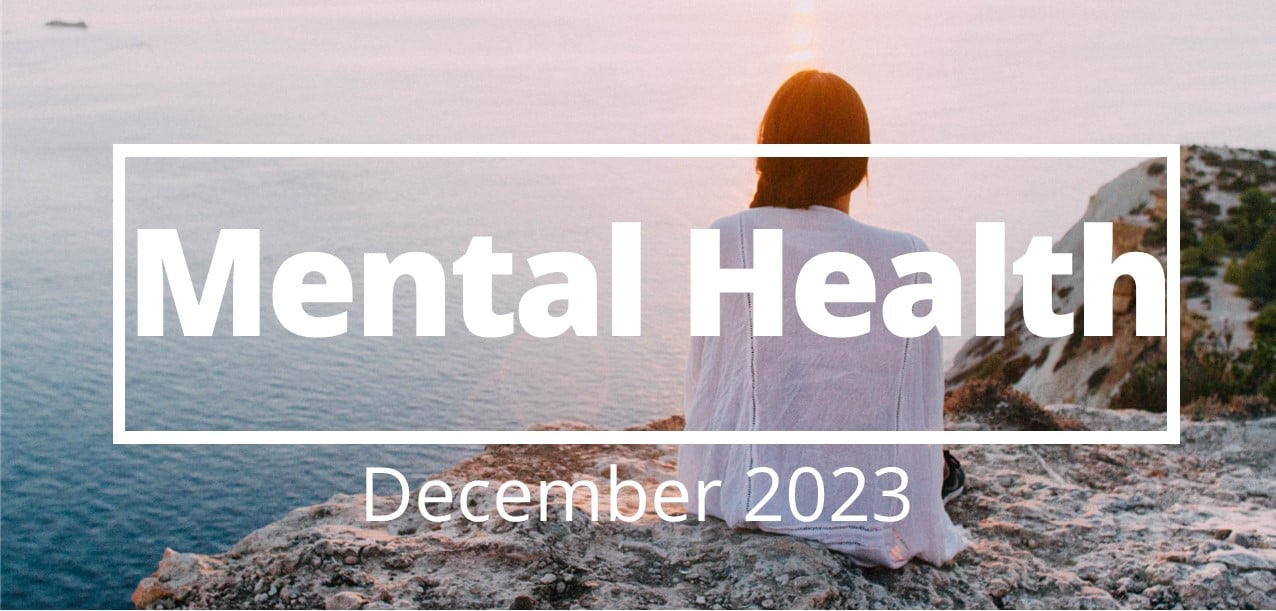
The December newsletter focuses on Mental Health. Read the newsletter to learn why mental health is important to overall health, along with healthy ways to cope with stress. Also, check out the second page for 6 great therapy app options to consider in supplement to your care.
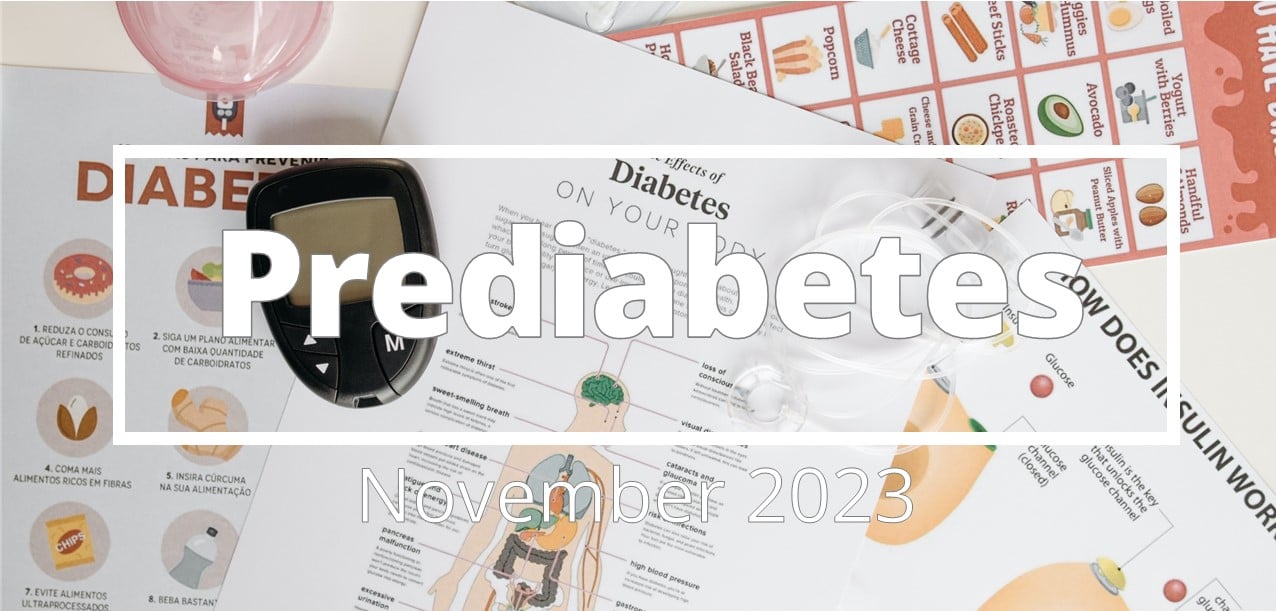
The November newsletter focuses on Prediabetes. Read the newsletter to find out if you are at risk for prediabetes and what you can do about it. Also, check out the second page for A "NEAT" way to prevent or delay diabetes.


The September newsletter focuses on Food Safety. Read the newsletter to learn the four steps to food safety as well as common food mistakes you may be making. Also, check out the second page to see how you can keep food safe before, during, and after emergencies.
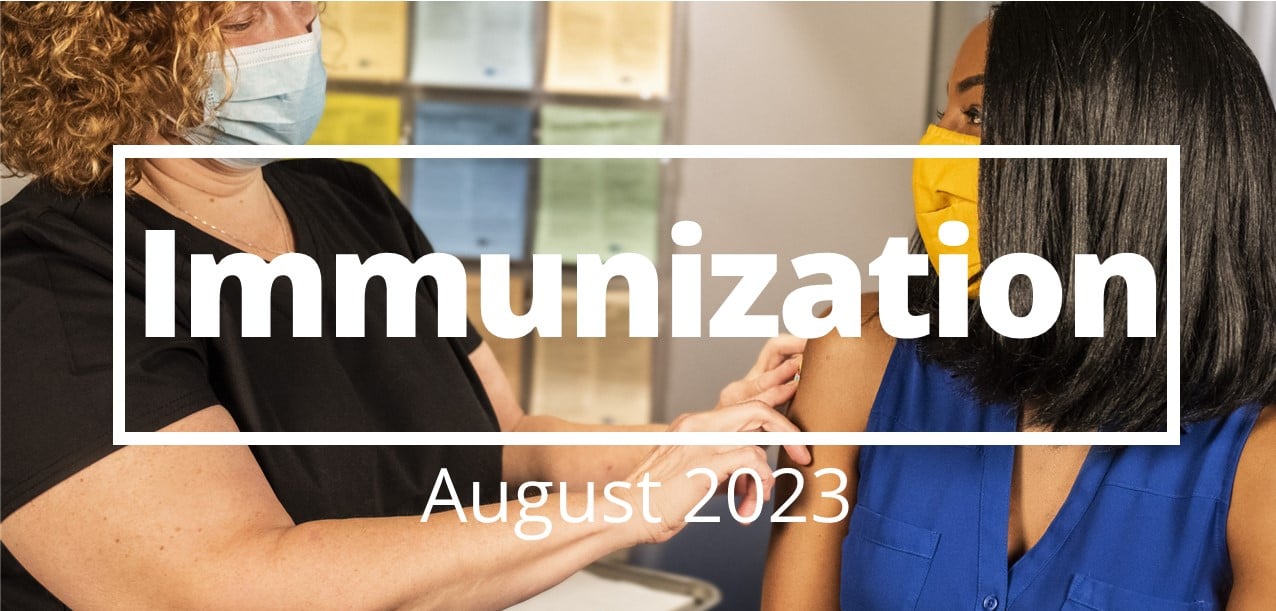
Getting vaccinated is one of the safest ways for you to protect your health and it is important to stay up to date on your routine vaccines. Read more in our August newletter.

The July newsletter focuses on Water Safety. Read the newsletter for tips to stay safe in the water and learn the importance of being water competent. Also, water activities can provide a great form of exercise! Check out the second page to see how treading water can help with low-impact calorie burn.
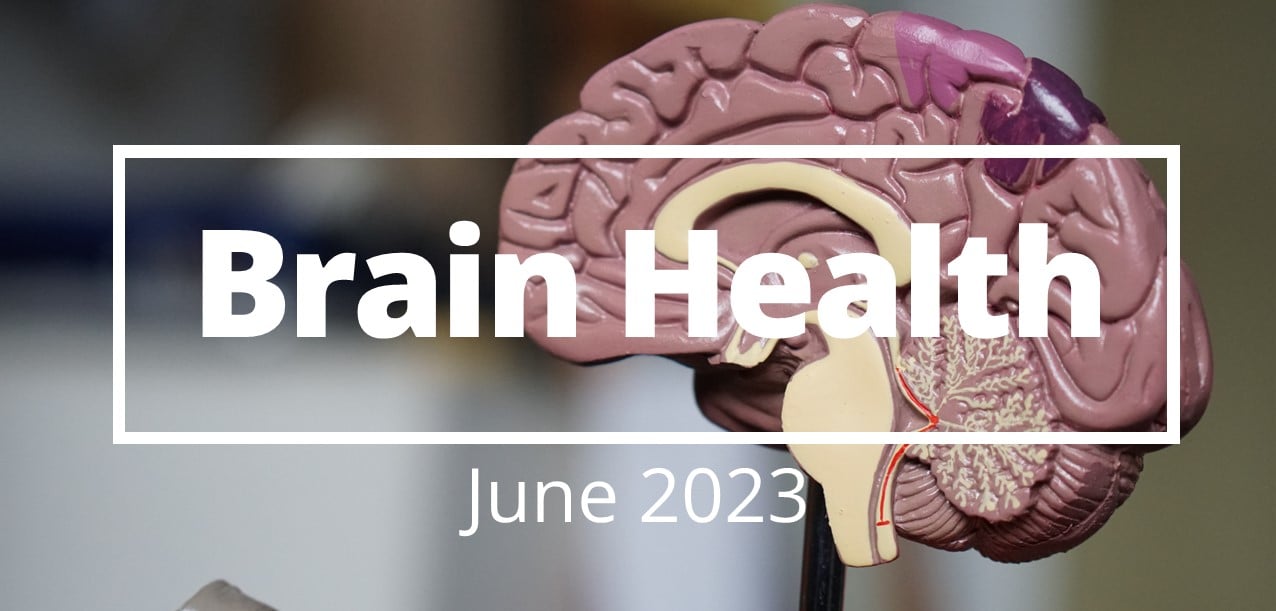
The June newsletter focuses on Brain Health. Read the newsletter to learn more about tips to keep your brain healthy and foods that encourage cognitive function and better memory. Also, exercise your brain by completing some of the riddles on the second page.

The May newsletter focuses on Biking. Read the newsletter to learn more about physical activity recommendations and basic bicycle checkups you should be doing before you go out for a ride. Also, learn what our OnSite Expert has to say about bike safety.

Learn strategies for improving your environmental health. Also, learn what our OnSite Expert has to say about ways you can go green.
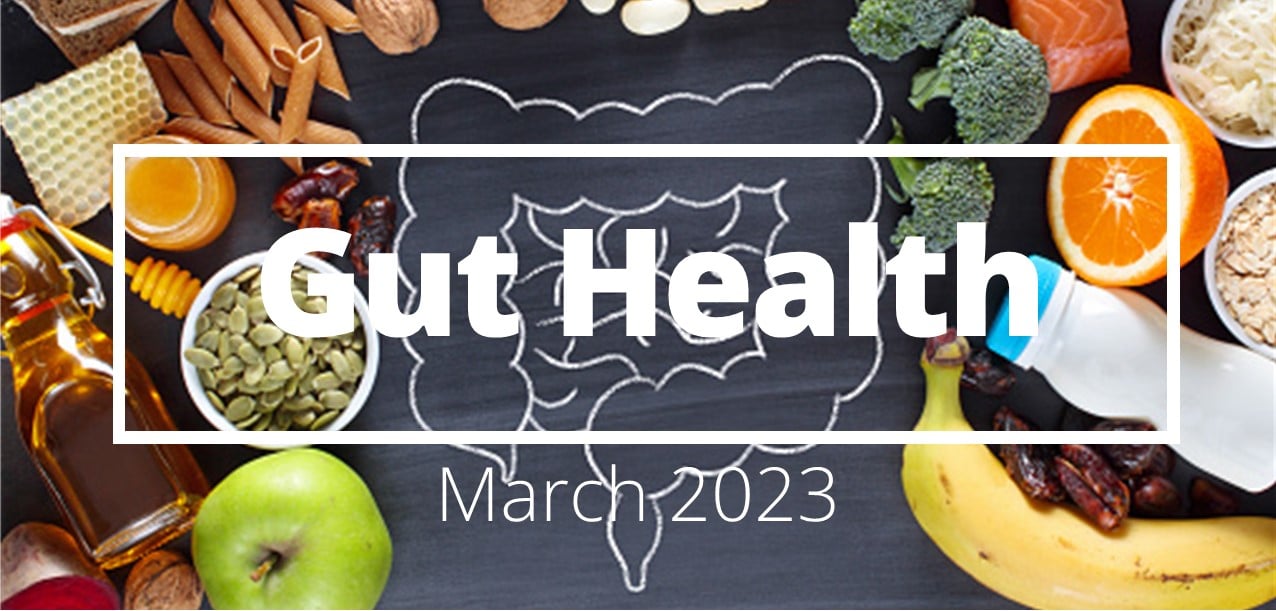
Learn about improving gut health including the importance of pre- and probiotics, what foods can help good bacteria thrive, and the impact of exercise on healthy digestion. Good gut health has been shown to help with weight loss, prevention or stabilization of diabetes, and even brain health!
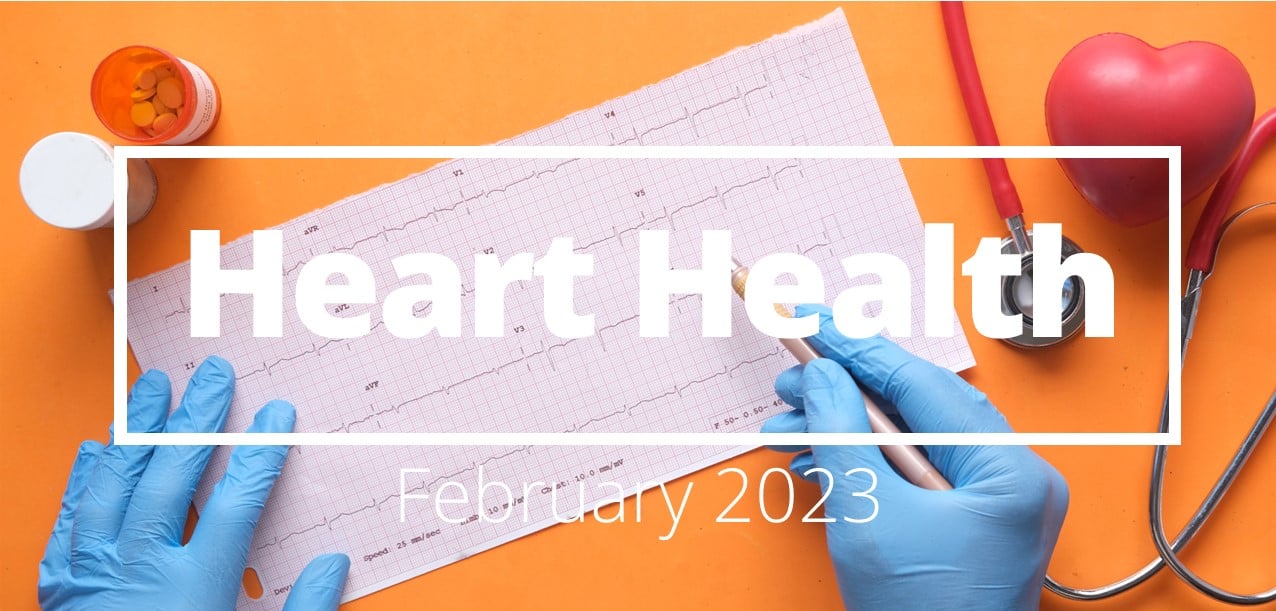
The term "heart disease" refers to several types of heart conditions. Learn more about cholesterol, including seven strategies for a heart-healthy lifestyle, and a chart to help you track your Healthy Heart actions for the month!
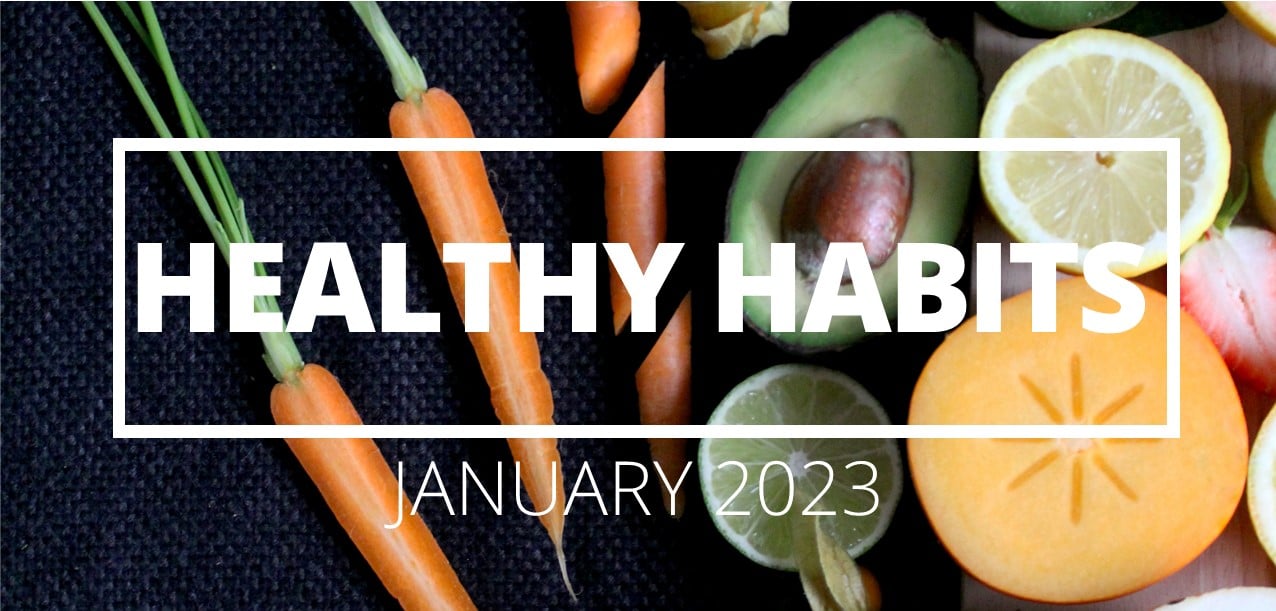
Healthy habits include regular exercise and eathing a healthy diet. Start by taking the first step! Improve your ability to start and maintain healthy habits with the tools included in this newsletter. What are you waiting for? Let's get started!

Stress is something that we all experience in life. Finding management techniques to cope with stressful situations is crucial for our mental health. Just as how a stressed brain (and it’s 100 billion+ of nerve endings) has direct impacts on the body, the effects work in reverse as well!
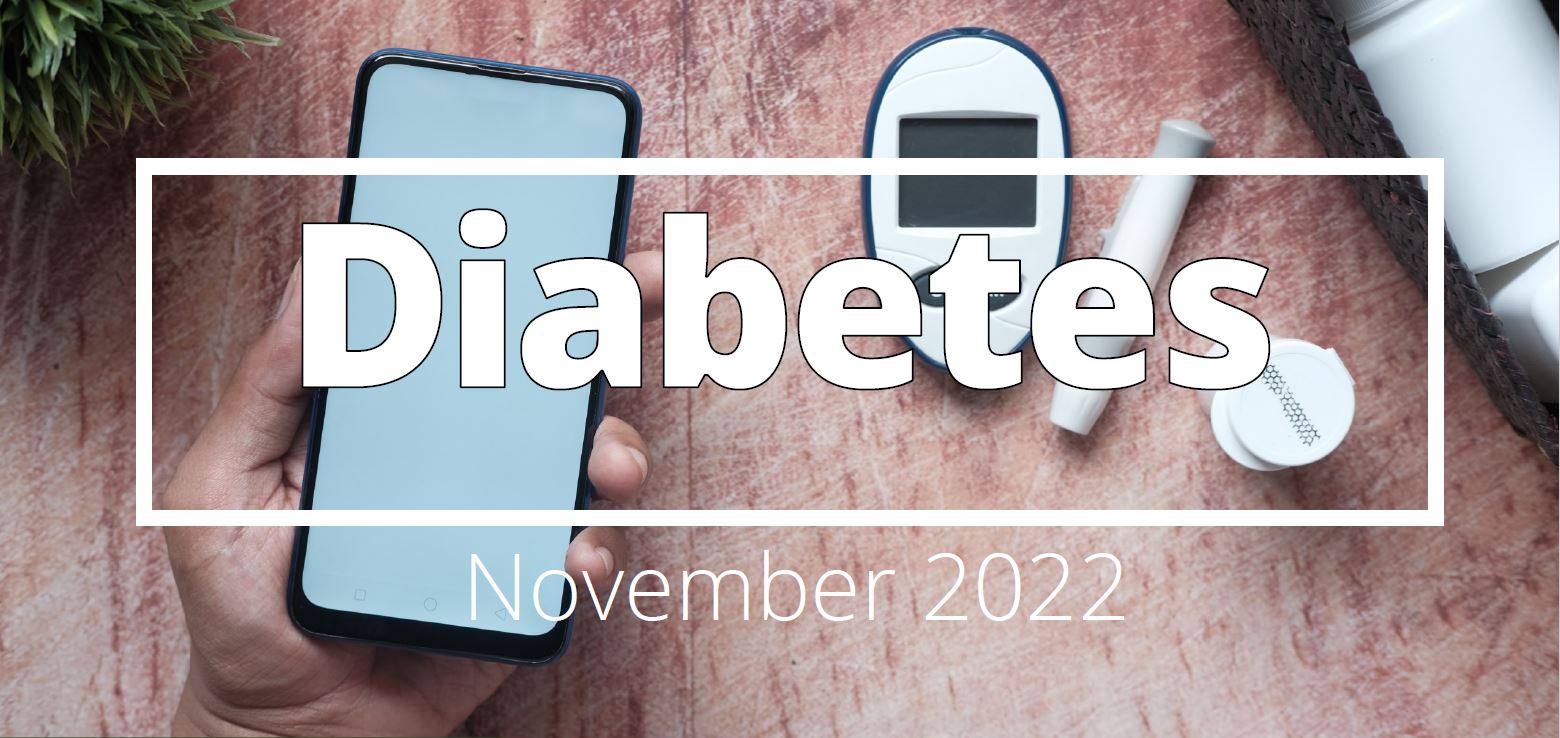
If you are diagnosed with diabetes, blood glucose levels can be challenging to balance. It is important to carefully manage what you eat, how much you eat, and when. Eating will raise your blood glucose levels; physical activity and medications can lower it.
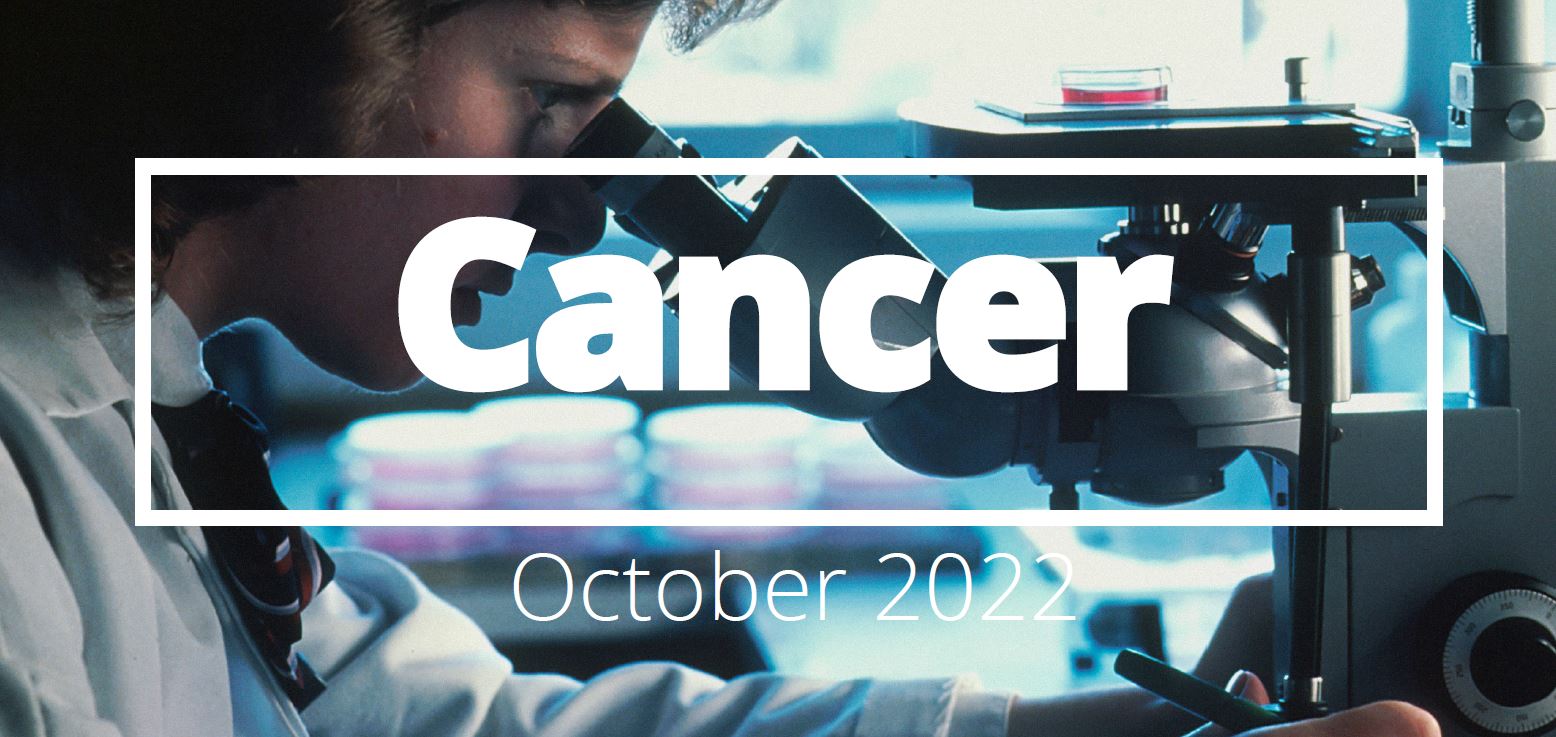
Although causes are unclear, eating a healthy diet with plenty of fruits and vegetables, maintaining a healthy weight, exercising regularly, and reducing alcohol consumption my help protect you from breast lesions and cancer. Make early detection a habit: monthly self-examination, regular mammograms, and routine breast exams by your doctor.
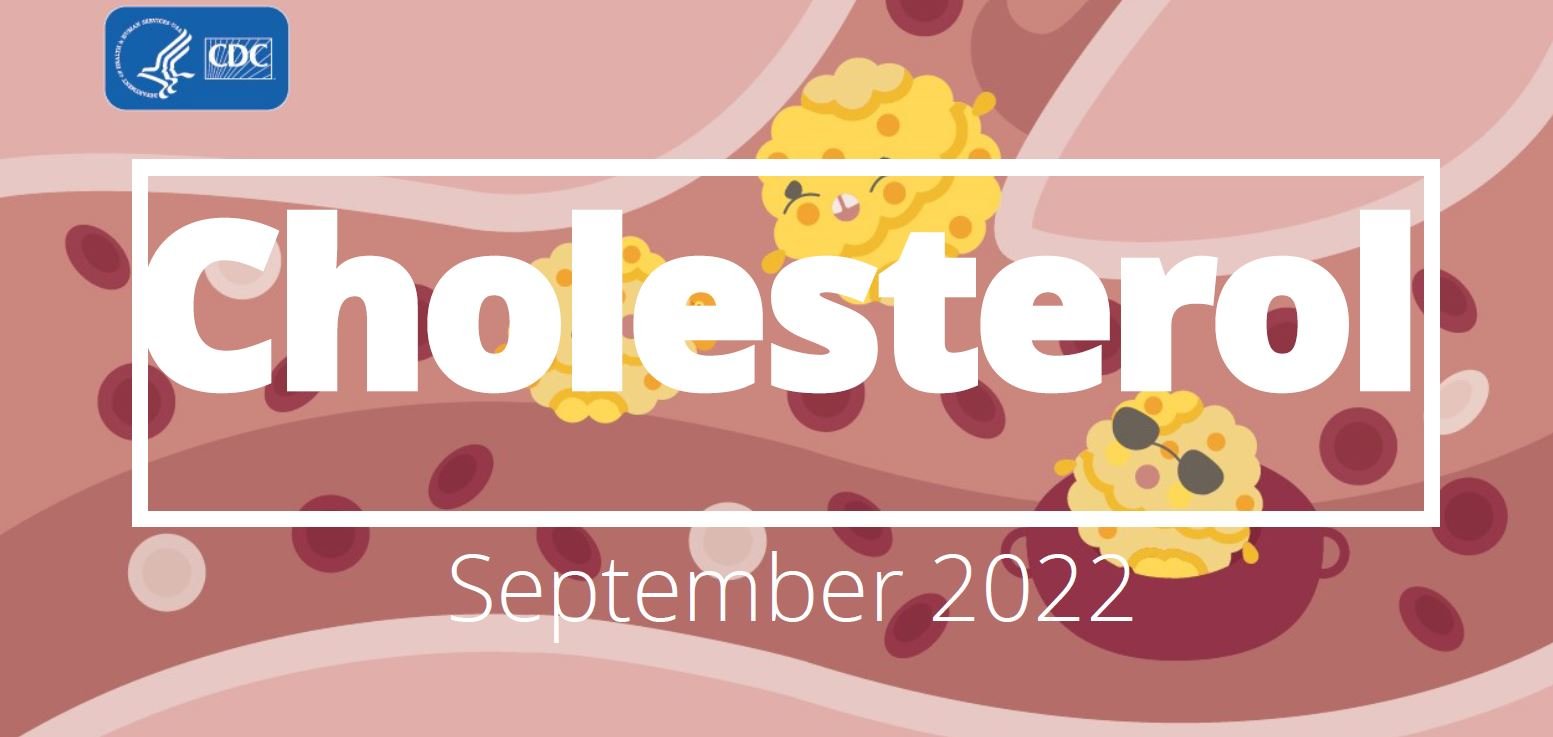
Your HDL ("good") and LDL ("bad") cholesterol relate to your risk for heart disease.
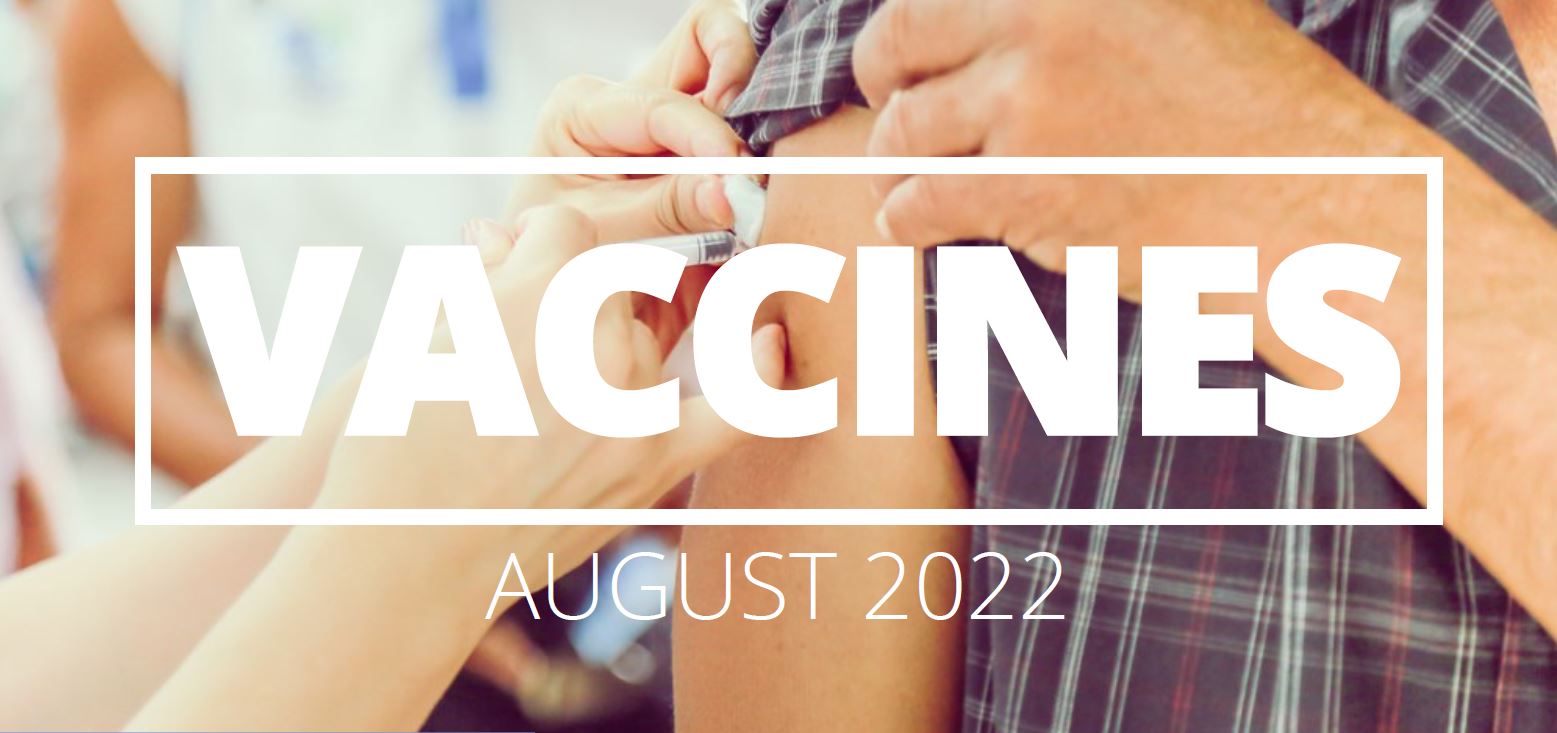
August is National Immunization Awareness Month (NIAM). This annual observance aims to spread education about the importance of vaccination for all people, of all ages.

By following some simple steps, you can have fun outdoors in the sun and protect yourself from overexposure. The U.S. Environmental Protection Agency (EPA) recommends certain action steps to help you and your family be safe from the sun’s harmful UV rays.

June is National Men’s Health Month, encouraging awareness and education around Men’s health. Certain diseases affect men more than women, and therefore require attention in order to prevent and treat. To lower risk of disease, there are social and individual factors to keep in mind. According to the American Men’s Health Foundation (AMHF), the factors listed below can help guide men in living healthier, happier lives.
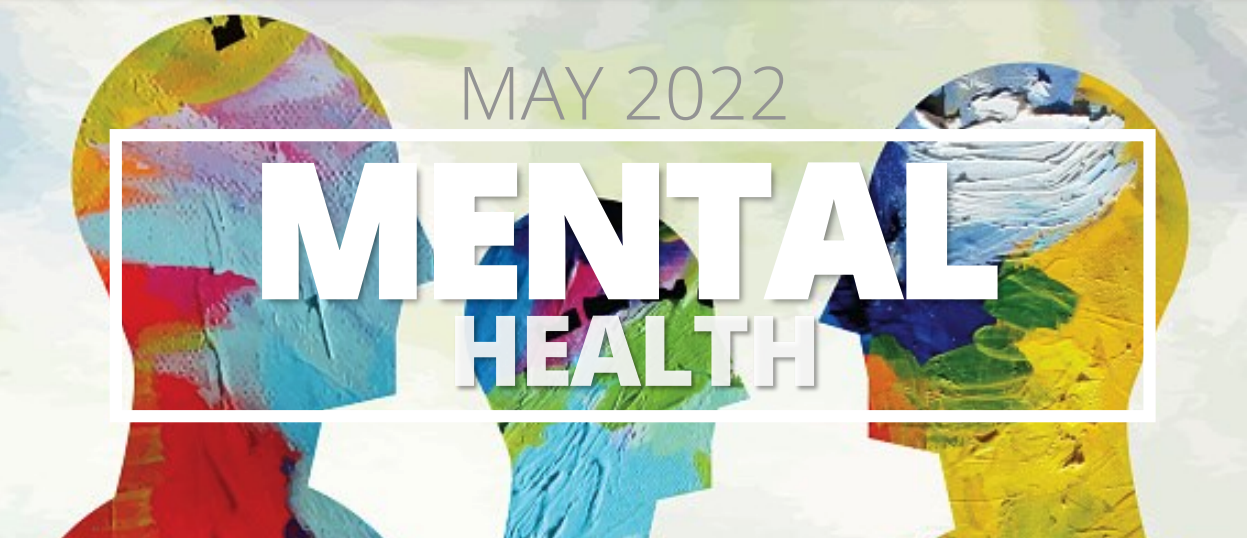
Most people think that mental health conditions are rare—but they’re quite the opposite. According to Mental Health America, 44 million Americans suffer from some form of mental disorder in a given year. Mental illness refers to brain-based conditions which affect thinking, emotions, and behaviors. There are more than 200 classified forms of mental illness—some of the most common being depression, bipolar disorder, dementia, schizophrenia, and anxiety disorders.

Recent findings have shed more light on women’s health and the knowledge gap that exists. The NCSL states this is largely due to a lack of access to care and effective treatments. According to MDVIP Women’s Health Survey: 91% of women did not know the leading cause of death was heart disease, 69% did not know that drinking alcohol increases risk of breast cancer, 59% had no mental health screening or discussed depression & anxiety with a doctor, 78% had never been screened for inflammatory markers.

This month, the Academy of Nutrition and Dietetics encourages us to step outside our “normal” meal routines and food choices to try some new flavors. We are encouraged to try foods from around the world which not only bring new flavors, but also nutritional benefits.
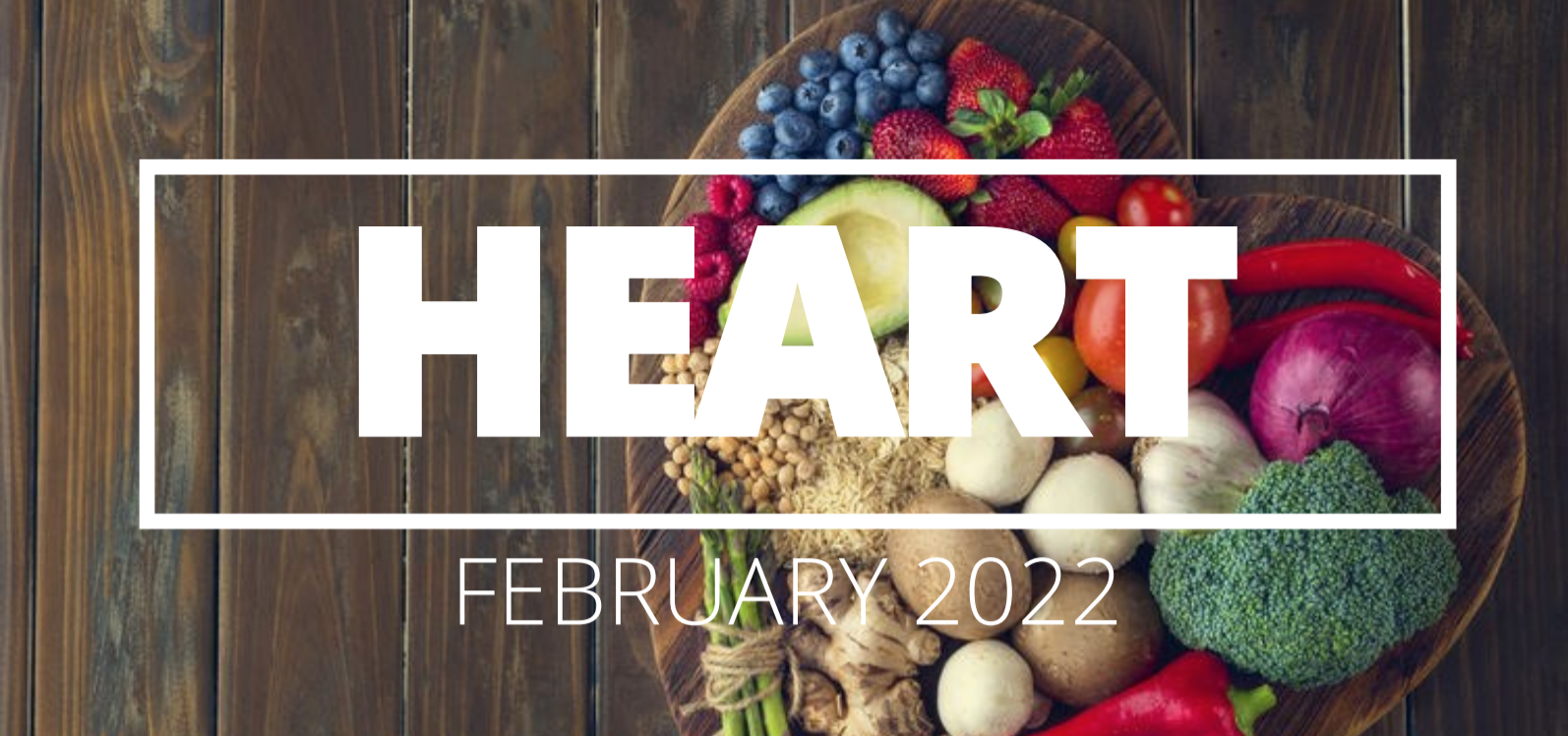
The term “heart disease” refers to several different types of heart conditions. The most common type is called Coronary Artery Disease (CAD) which can lead to a heart attack. Heart disease occurs when plaque builds up in the arteries—which are the blood vessels that carry oxygenated blood from the heart to all parts of the body. When plaque builds up, the arteries narrow, decreasing the amount of blood flow.

can be a time of reflection and goal-setting, there are many dangers to setting overly ambitious goals.
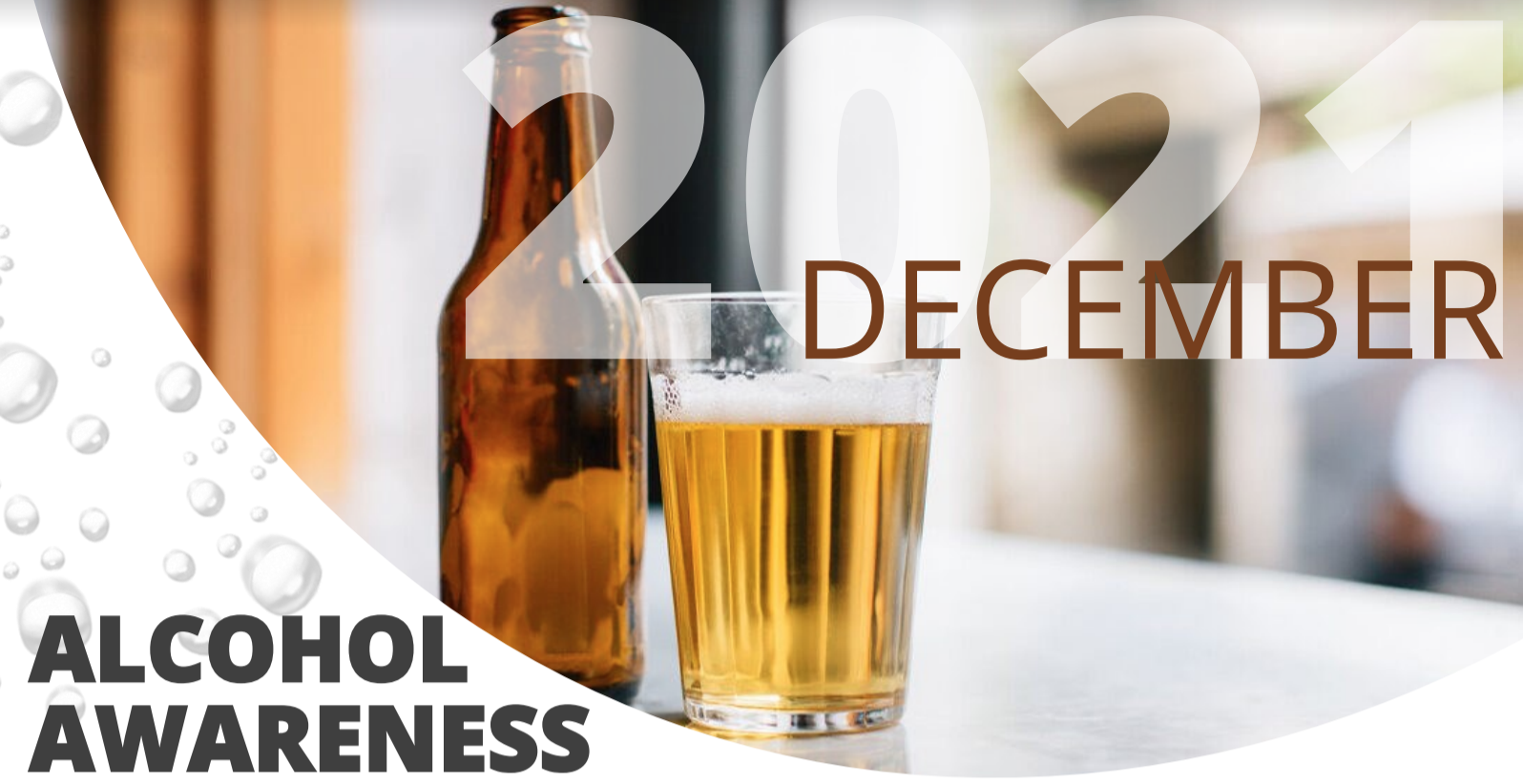
Alcohol affects everyone—at some stage in life, it is very likely that alcohol and drugs will affect you, a family member, or someone you know. According to the Alcoholism Statistics & Alcohol Abuse Demographics, alcohol is one of the most commonly used substances in the United States, and one of the world’s most abused substances.

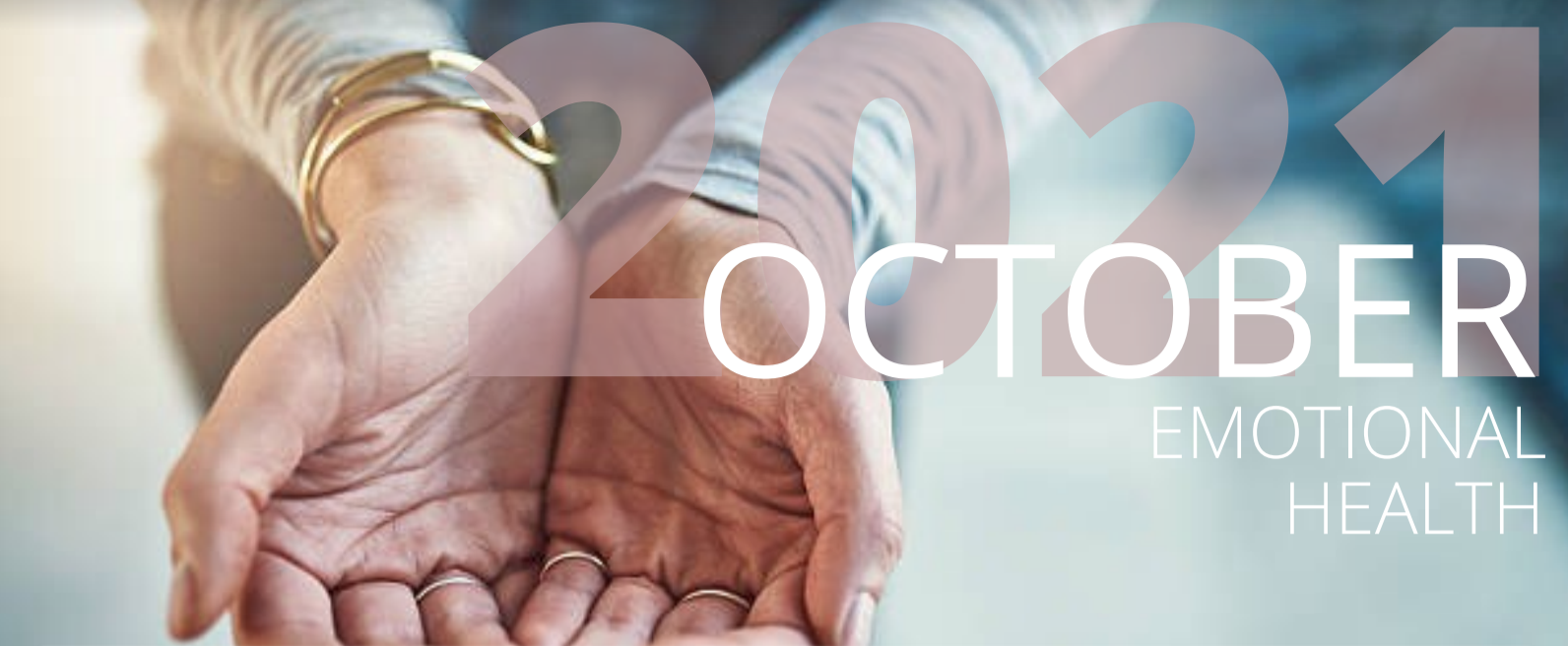


The respiratory system is the network of tissues and organs —including the airways, lungs, and blood
vessels — that operate so we can breathe. All of these parts work together to help the body absorb
oxygen from the air, provide oxygen to power the organs of the body, and cleanse waste gases within the body, such as carbon dioxide.
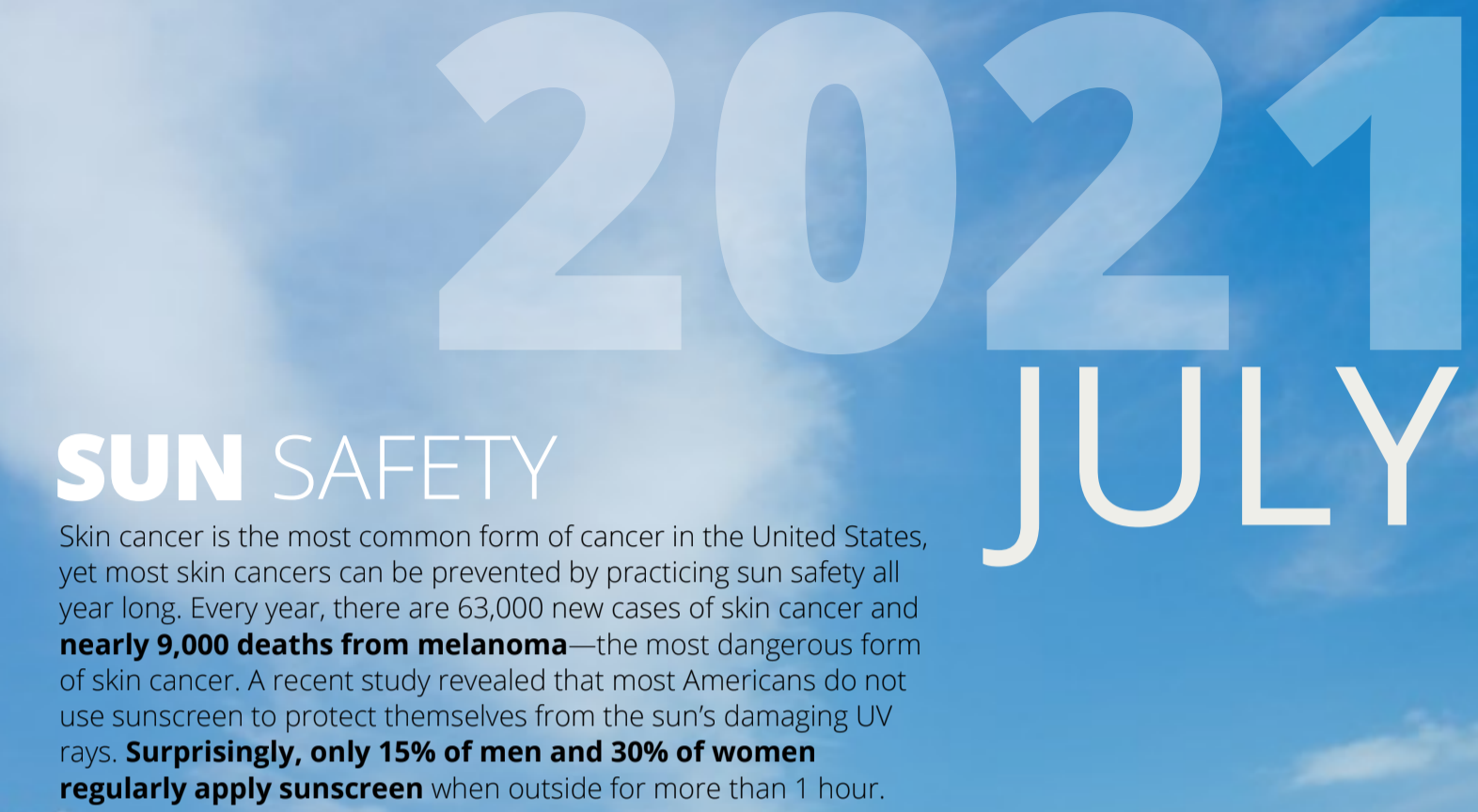




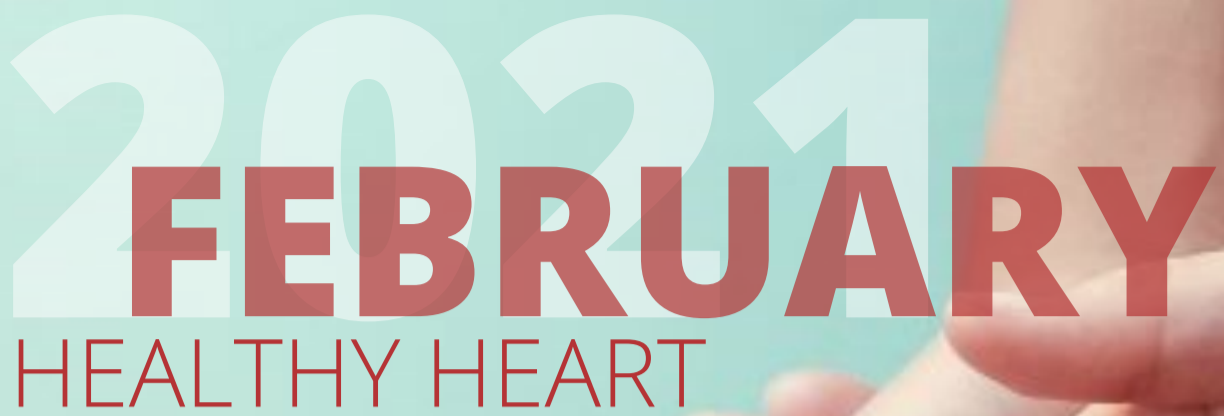

New Year—more than any other perhaps—closes the door on unprecedented experiences, changes, and challenges.
-1.png?width=165&name=1127895_OSW%20Tagline%20Logo_081021%20(1)-1.png)













































